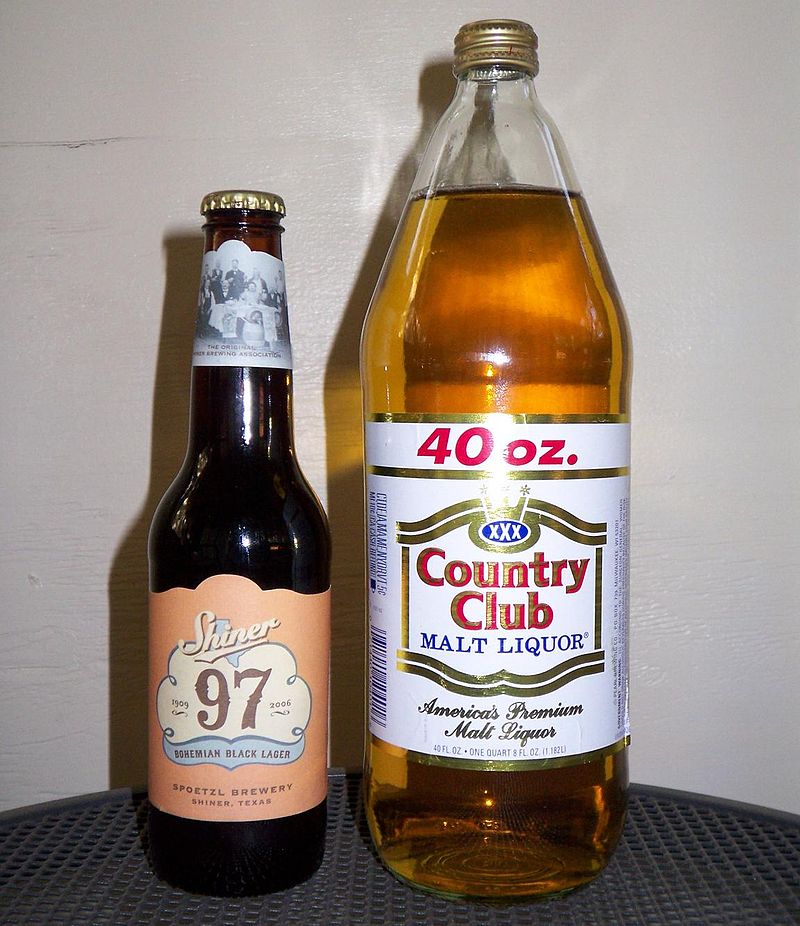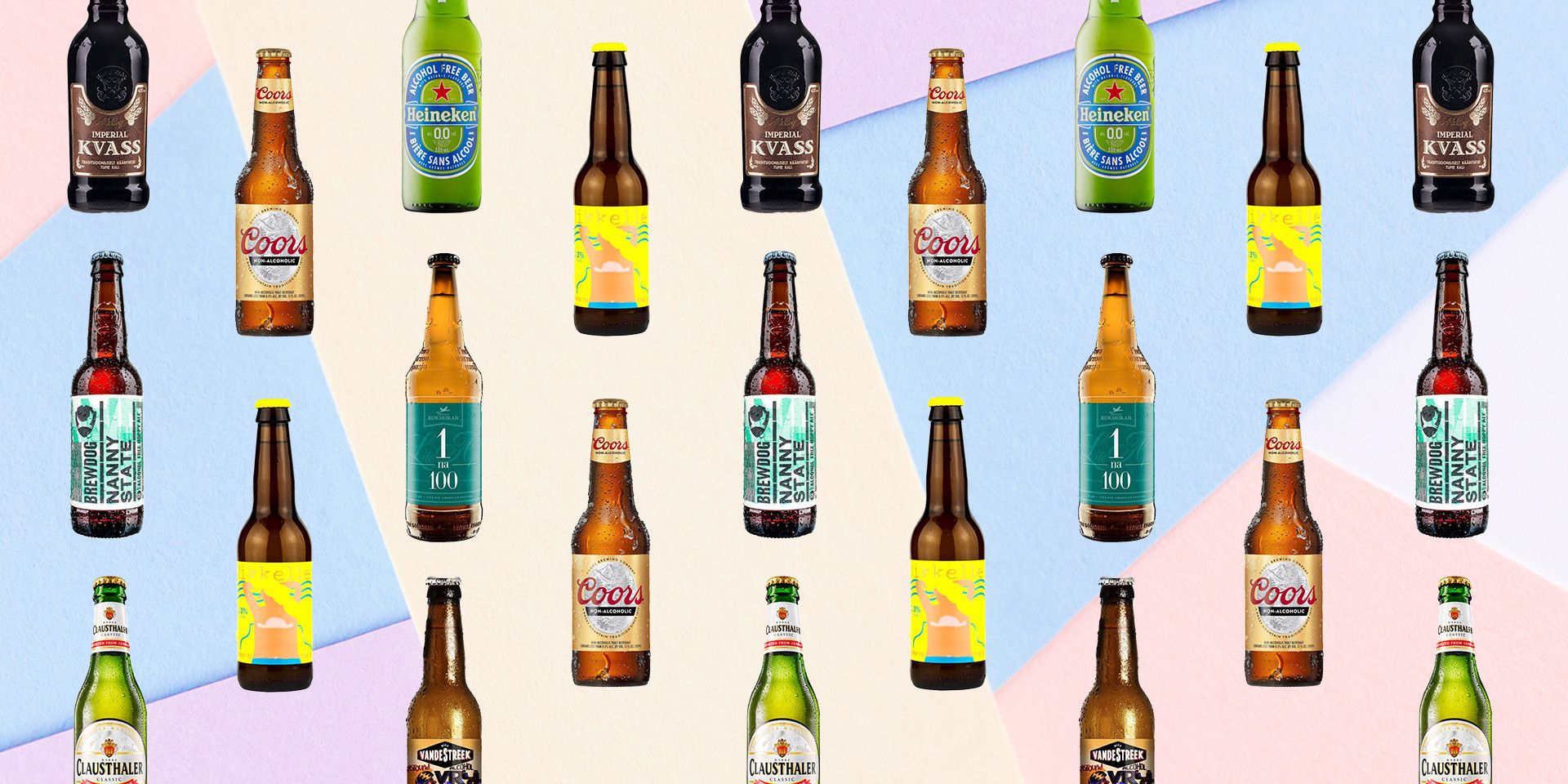Opening the Mysteries of Distillery Processes: A Comprehensive Summary
Within the world of distillery procedures exist complexities that usually remain veiled to the informal observer. As we venture into the depths of spirit aging methods and the accuracy of quality control procedures, a tapestry of fragrances and tastes arises, shaped by time-honored customs and cutting-edge techniques.
The Art of Mashing and Fermentation
In the distillery process, the art of mashing and fermentation plays an essential duty in changing raw materials right into the first stages of alcohol production. Mashing entails the process of breaking down the starches in grains like rye, corn, or barley, right into fermentable sugars. This vital action is generally achieved by blending the milled grains with warm water to develop a "mash." Enzymes present in the grains assist convert the starches right into sugars, producing a pleasant liquid known as wort.
Yeast, a crucial gamer in this phase, is included to the wort to kickstart the fermentation procedure. This transformative process commonly takes numerous days to finish, depending on the wanted alcohol web content and flavor profile.
Mashing and fermentation are intricate processes that establish the foundation for the alcohol that will at some point be distilled and matured to create a last product with distinctive features and flavors.
Understanding the Distillation Process
One of the essential stages in the production of alcohol entails understanding the purification procedure. Purification is an approach made use of to separate alcohol from the fermented fluid, typically via heating and cooling processes. During purification, the fermented fluid is heated in a still, triggering the alcohol to vaporize at a reduced temperature than water as a result of its reduced boiling factor. The vapor is then gathered and cooled back into fluid type, leading to a much more focused alcohol content.

Understanding the purification procedure is crucial for distillers to control the quality, strength, and preference of the alcohol being generated. By mastering the art of purification, distilleries can create a large array of spirits with unique characteristics that attract various customer choices.
Keys of Spirit Aging Techniques
Discovering the intricacies of spirit aging methods unveils the surprise artistry behind the growth of nuanced flavors and scents in distilled drinks. The aging procedure is an important stage in the manufacturing of spirits, where the liquid engages with the oak barrels, soaking up compounds that enhance its account over time. Among the keys to successful aging depends on the selection of barrels. Distilleries typically make use of charred oak barrels, which give one-of-a-kind flavors to the spirit with a process of removal and oxidation. The duration of aging is one more crucial variable that distillers very carefully control to accomplish the preferred preference account. Longer aging durations have a tendency to result in smoother, much Recommended Site more intricate spirits, while shorter durations may emphasize vibrant, younger attributes.
Additionally, the environmental conditions in which the barrels are kept play a substantial function in forming the end product. Fluctuations in temperature and humidity can affect the price of aging and the communications in between the spirit and wood. Master distillers masterfully navigate these variables to craft spirits with distinct characters, embodying the culmination of classic customs and cutting-edge techniques.
High Quality Control and Screening Approaches
The precise workmanship demonstrated in choosing barrels and controlling aging periods in the spirits production procedure highlights the crucial relevance of stringent top quality control procedures and try this site specific screening approaches (Galveston Whiskey). Quality assurance in distilleries includes numerous phases to guarantee that each batch meets the preferred standards. From basic material examination to end product evaluation, each step is critical in maintaining consistency and quality
One crucial aspect of quality control is sensory analysis, where trained professionals assess the aroma, taste, and overall top quality of the spirits. Chemical analysis strategies such as gas chromatography and mass spectrometry are utilized to spot any kind of pollutants or inconsistencies from the preferred structure. Furthermore, physical tests like density dimensions and pH evaluation provide additional insights right into the item's features.
To assure adherence to interior criteria and governing demands, distilleries likewise carry out microbiological testing to inspect for any microbial contamination that might influence the product's safety and shelf life. By applying robust high quality control and screening techniques, distilleries can promote their track record for generating costs spirits consistently.
Exploring Special Taste Mixtures

In the process of flavor mixture, the picked botanicals are included to the base spirit and delegated emaciate or high for a specified duration. This why not try these out enables the alcohol to draw out the tastes and essential oils from the botanicals, resulting in a harmonious mix of preferences (Galveston Whiskey). Distilleries may also use methods like vapor mixture or basket mixture during distillation to impart details flavors to the spirit
Moreover, some distilleries select barrel aging or barrel ending up techniques to introduce extra complexity and deepness to their spirits through interactions with the timber. These methods add to the creation of unique flavor accounts that appeal to a discerning target market seeking book and unforgettable drinking experiences.
Conclusion
Understanding the scientific research behind these procedures is crucial for creating high-quality spirits. By unlocking the secrets of distillation, distillers can create savory and unique spirits that appeal to a wide variety of consumers.
As we venture right into the depths of spirit aging techniques and the precision of high quality control measures, a tapestry of flavors and aromas arises, formed by classic practices and cutting-edge techniques. Distilleries commonly make use of charred oak barrels, which present one-of-a-kind flavors to the spirit through a process of extraction and oxidation.Making use of a varied array of active ingredients and botanicals, distilleries can craft special taste mixtures that set their spirits apart in an affordable market. Seawall Bar.In the procedure of flavor infusion, the selected botanicals are included to the base spirit and left to emaciate or steep for a specific period. Distilleries may also use methods like vapor mixture or basket mixture during distillation to pass on specific flavors to the spirit